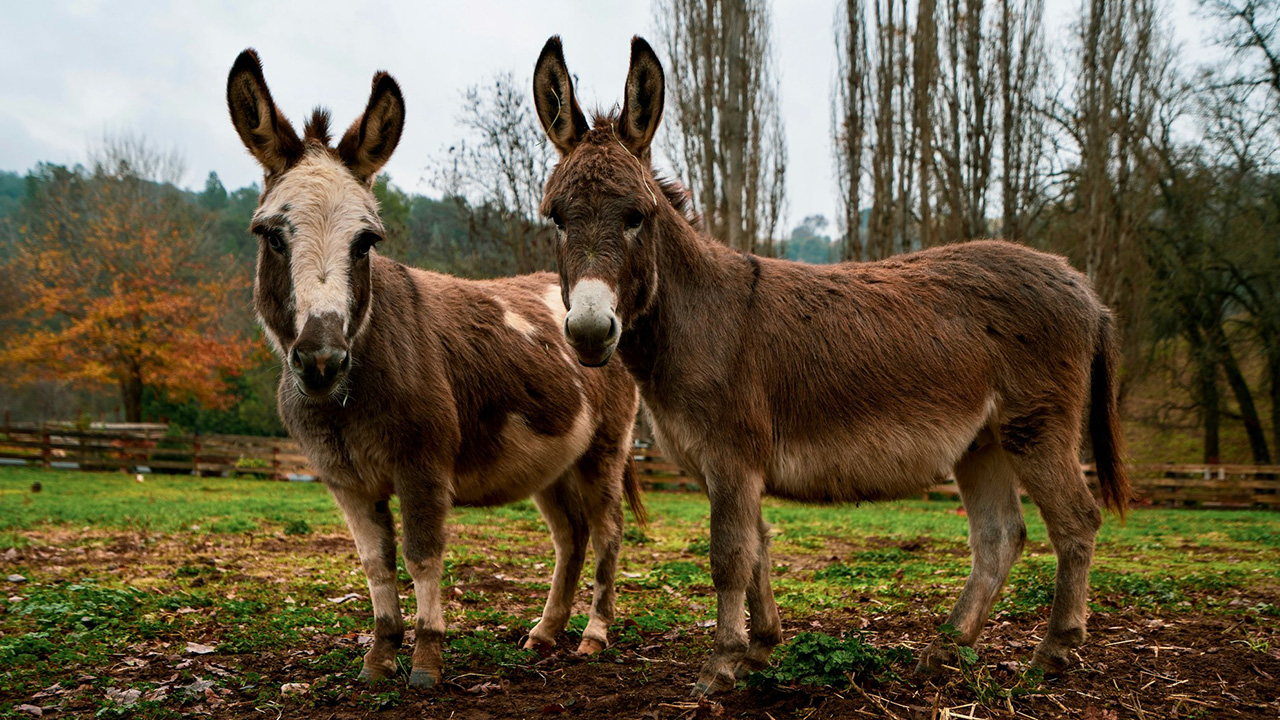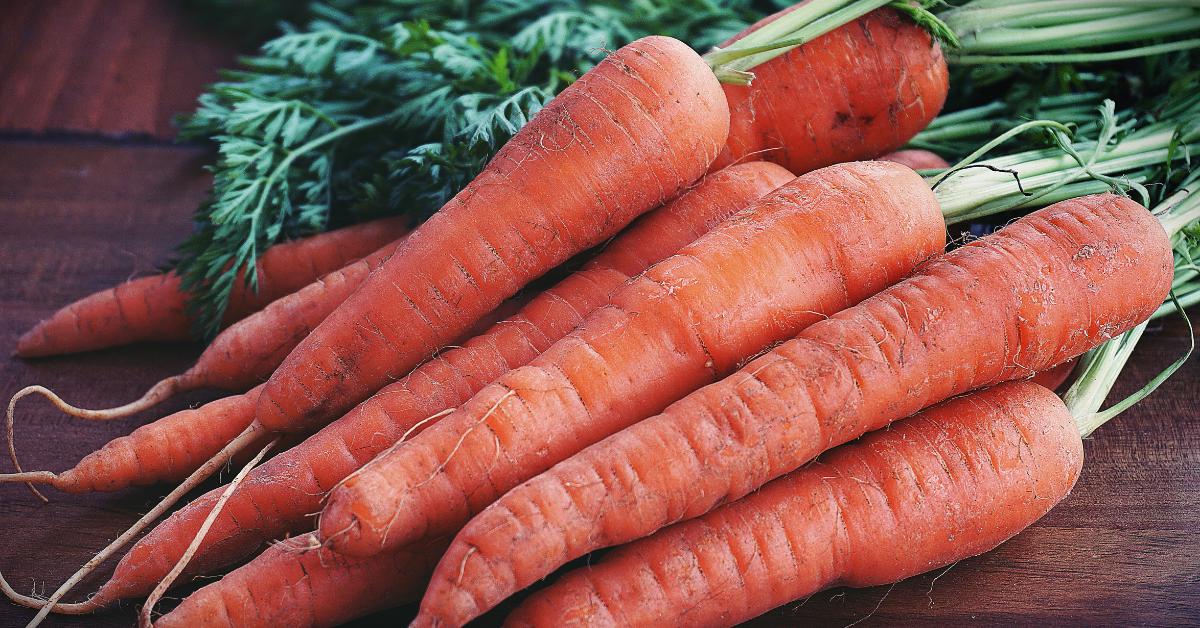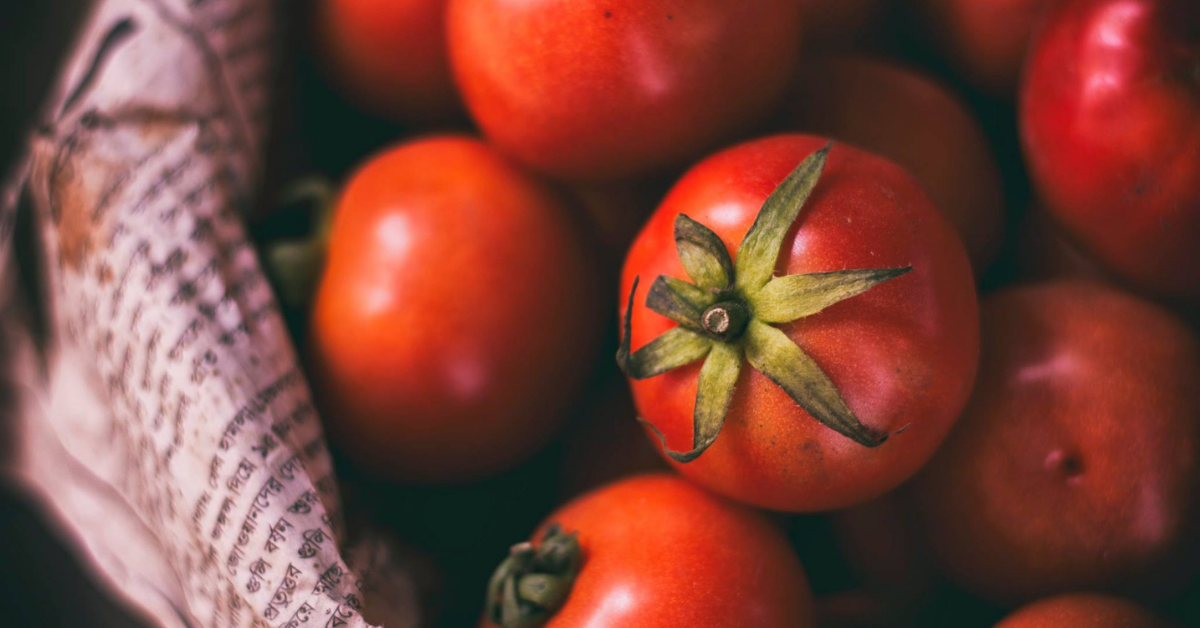The Senate passed the Agriculture Improvement Act (2018 Farm Bill) on a strong bipartisan vote, 86-11, prior to the Fourth of July recess.
A couple weeks earlier, the Republican-led House narrowly passed their bill, 213-211.
The June 21 vote marked the House’s second attempt to pass a farm bill.
The House and Senate bills clash mainly on food assistance programs, with the House toughening requirements and threatening to reduce the number of current recipients. The House also looks to curtail conservation programs and other measures to assist farm and rural communities. The Senate maintains much of the previous Farm Bill, garnering the support of more than 500 groups representing thousands of agriculture, food, nutrition, hunger, forestry, conservation, rural, business, faith-based, research, and academic interests.
The National Farmers Union expressed their support of the Senate’s efforts to renew the Farm Bill:
“At a time of great financial stress, family farmers and ranchers are in need of some economic certainty. The Senate’s version of the Farm Bill includes encouraging provisions that strengthen the farm safety net, promote farm sustainability, and ensure access to fair and diverse markets, all of which would provide essential security.”
The American Farm Bureau also expressed their support of the Senate version over the House bill:
“America’s farmers and ranchers continue to face a challenging agricultural economy, a shaky outlook for our export markets and a dire ag labor shortage. It was time for some good news and the Senate delivered it in bipartisan fashion.”
Both of these national farm groups acknowledged that “no bill is ever perfect,” but they noted that the bipartisan effort of the Senate, compared to the House, provides a solid framework for moving forward. The two bills will now be taken up by conferees from both houses of Congress to reconcile differences before the expiration of the current Farm Bill at the end of September.
The National Sustainable Agriculture Coalition, noted the following in their press release:
“This bill, for example, contains important provisions to increase investments in farm-to-fork initiatives and beginning and socially disadvantaged farmer programs, and also makes much-needed policy improvements to federal conservation programs. We also commend Chairman Roberts and Ranking Member Stabenow for including Senator Chuck Grassley’s (R-IA) “Actively Engaged in Farming” amendment in the Senate substitute package. This is a critical first step toward ensuring more equitable commodity subsidy programs.”
Conference Committee Advocacy Efforts
As mentioned above, the focus now turns to conference deliberations between the House and Senate versions. During these summer months, farmers and food advocates will be closely watching to see how the House and Senate reconcile the significant differences between their draft bills.
– Nutrition Title: The House bill attempts to run roughshod over the Supplemental Nutrition Assistance Program (SNAP) and would cause millions of American families to lose access to food assistance. Conversely, the Senate bill would preserve food access for these families.
– Conservation Title: The House bill weakens conservation programs and eliminates USDA’s largest working lands conservation program, the Conservation Stewardship Program.
– Commodity Title: The House bill adds layers of new subsidy loopholes for mega-farms, while the Senate wisely tightens payment eligibility rules.
– Horticulture Title: The House bill eliminates key farm-to-fork investments while the Senate builds those programs up.
For family farmers, sustainable agriculture advocates, and anti-hunger champions, there can be no compromise on many of these critical issues – the Senate farm bill model will be the only workable choice.
—Robert Gronski is a Consultant for Catholic Rural Life. He tracks policy perspectives on food, farm, environmental, and rural community issues and helps frame these within the perspective of Catholic Social Teaching.
















